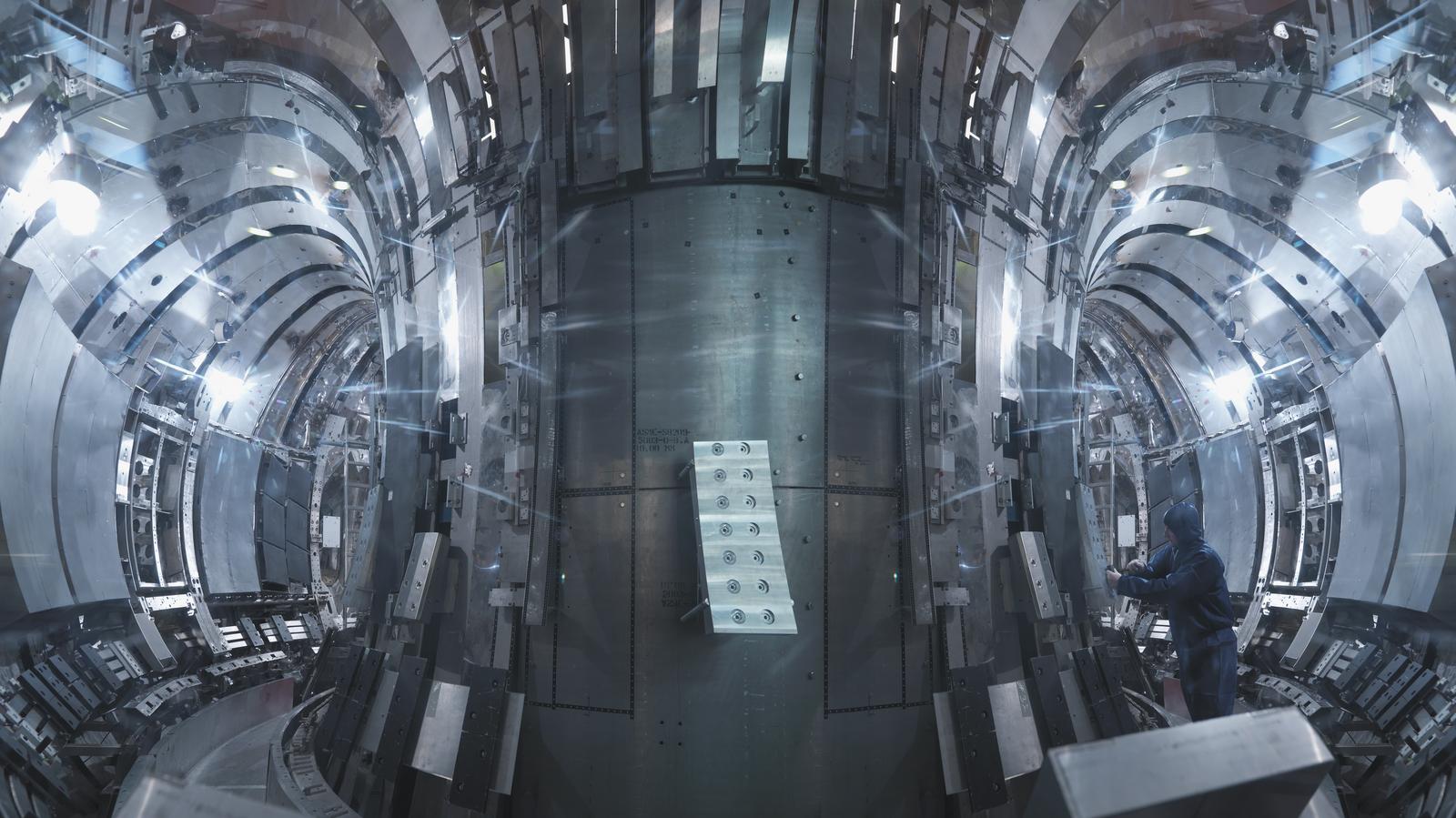Firstly, nuclear fission produces radioactive waste that can remain hazardous for hundreds of thousands of years. This waste requires careful storage and disposal and poses a significant environmental and public health risk.
Secondly, nuclear fission relies on finite resources such as uranium, which could limit its long-term sustainability. As demand for energy grows, these resources could become scarce and expensive, making nuclear fission an inadequate option to meet our long-term energy needs.
Thirdly, nuclear fission has the potential to cause catastrophic accidents and environmental disasters. The Chernobyl and Fukushima incidents are examples of the devastating impact that nuclear accidents can have on human health and the environment.
In contrast, nuclear fusion has the potential to provide a virtually limitless source of clean energy with minimal waste and environmental impact. By investing in nuclear fusion research and development, we can work towards a future powered by clean and sustainable energy.
Works cited:
United Nations. “World Energy Investment 2021.” UN, 2021.
European Nuclear Society. “Why Nuclear Fusion is Better than Nuclear Fission.” ENS, 2021.








